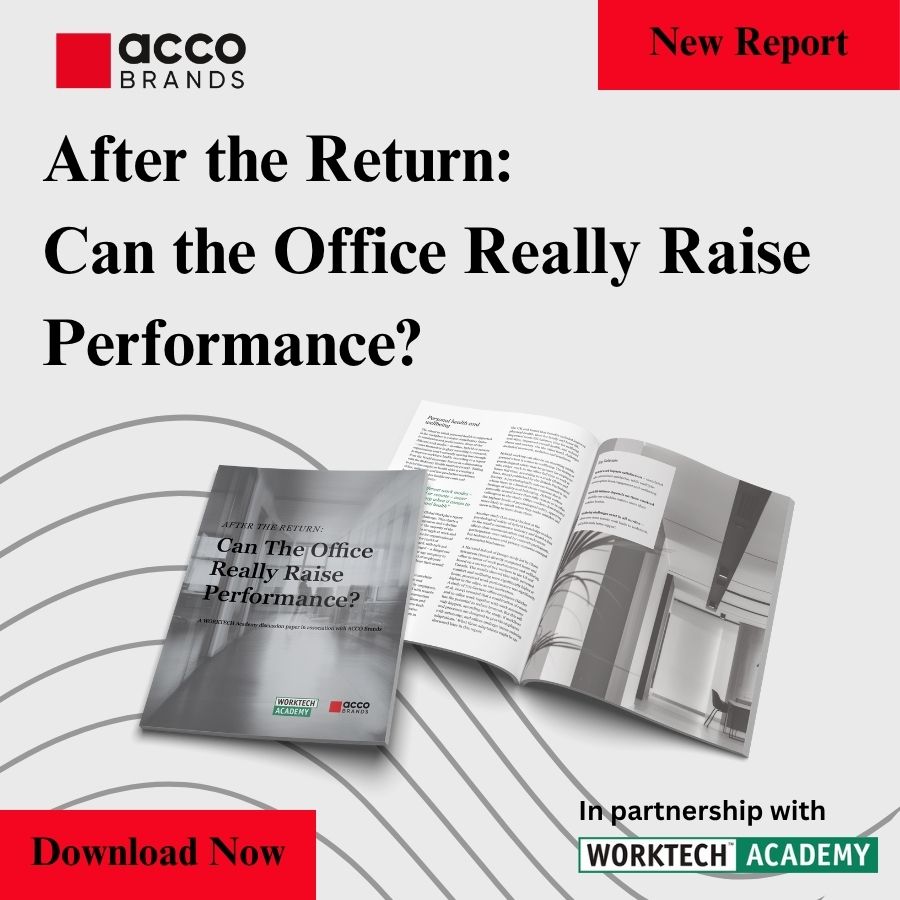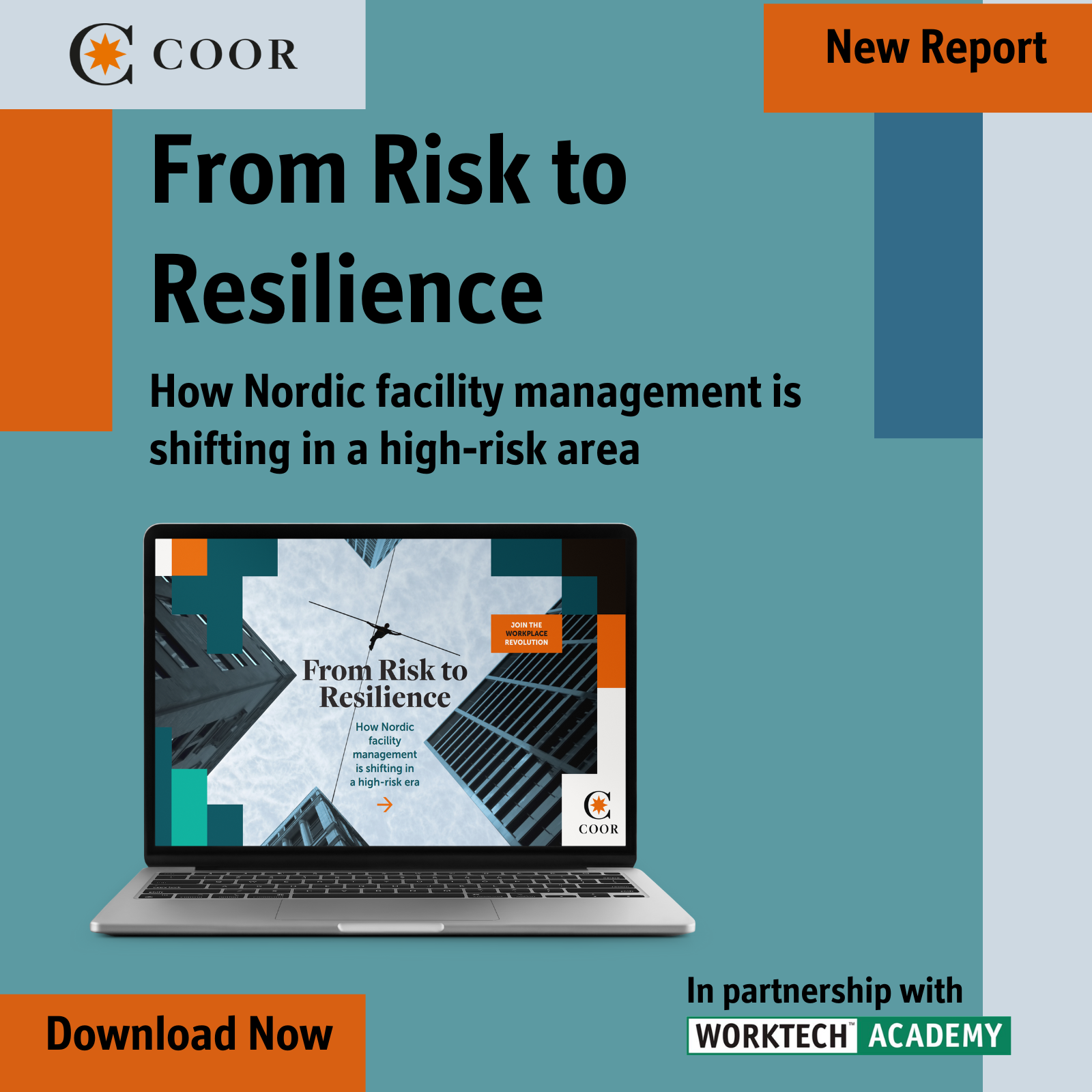Roadkill: why cars are the biggest barrier to creating healthier cities
From the impact of cars to the psychology of herd mentality, sessions from this year’s Healthy City Design Congress suggests that real change lies in designing for culture and connection
What’s the biggest obstacle to creating a healthier city in which to live and work? Professor Dame Henrietta Moore, director of the Institute for Global Prosperity at University College London and author of Roadkill: The True Cost of Our Toxic Relationship with Cars, is in no doubt as to the culprit.
Over-dependance on cars has blighted our cities and blackened the air we breathe. Cars are ‘loud, large, toxic and dangerous’ and they are stationary and unused for 96% of the time.
Speaking at the Healthy City Design Congress 2025 held at The Lowry in Salford on 14-15 October 2025, Moore argued that it’s time we stopped being ‘car-blind’ and in thrall to the ‘car industrial complex.’ She challenged not just the financial cost of owning a car today, but the social cost to our environment.
Using public transport
But how do we break free from an innovation that we have built entire cities around and has enabled convenience and autonomy for billions of users? The answer, according to Professor Moore, lies in building better public transport infrastructure. She quoted the Mayor of Bogotá, Enrique Peñalosa: ‘An advanced city is not one where the poor own a car, but where the rich use public transport.’
The Healthy City Design Congress is a forum for city planners, policymakers, architects, designers and public health professionals to share ideas on advancing urban health. WORKTECH Academy is a partner in the event. Alongside car congestion and air pollution, city leaders are concerned about health inequalities in UK cities where life expectancy in one postcode can be 10 years shorter than another postcode just two miles down the road.
The renowned British public health specialist Professor Sir Michael Marmot has given his name to a ‘Marmot City’ approach which is committed to reducing health inequalities by addressing the social determinants of health, such as education, housing, and employment. City leaders from Liverpool, Leeds and Manchester (all Marmot Cities) shared various strategies at the Congress that could lead to a healthier and fairer environment for all citizens. Realism and optimism were supplied in equal measure.
Soul in the city
Making a healthier city is a complex interdisciplinary challenge – and it’s not all about investment in hard infrastructure. A session chaired by designer Ab Rogers called ‘The Hopeful City’ explored softer factor by calling upon developers and urban designers to think about what really creates ‘soulfulness’ in the city. Rogers talked about an evolving circle of care in cities – we care for the environment and the environment in turn cares for us.
In this session about hope, architect and urbanist Christophe Egret presented a framework that looked at the intersection of individual to collective design, and internal to external thinking. He argued that designers tend to focus on things they can ‘make’ – the physical infrastructure that enables people to interact with space. This way of thinking leans towards ‘external’ design.
However, in the longer term, designers should look at internal factors driving cities such as culture, community and self-awareness. ‘We live at a time of over-consumption, loneliness and climate collapse’,’ argued Egret. ‘This environment is difficult to thrive in’. We should turn our attention instead to nature and reflection – factors Egret describes as the ‘spirit’ of the city – and to culture, history and connection: the ‘soul’ of the city.
Herd mentality
In the same session, neurologist Ash Ranpura shared learnings from human psychology to explain nuances in behaviour in cities. He explained that humans perceive the world through the frame of group consensus; this is linked to a ‘herd mentality’. He explained that behaviour is enabled by things that are ‘readily done, easily done, and commonly done’, because that indicates our social values.
He gave the example of smoking in New York bars in the 1980’s – smoking in bars was legal (readily done), it was easy to obtain cigarettes from bars (easily done), and everyone else did it (commonly done) – this meant that smoking in bars was adopted en masse because it aligned with a wider, societal value.
But the opposite also works. When it was decided that we should deter people from smoking in bars, authorities made this behaviour harder to achieve – it as no longer legal, cigarettes could not be purchased on site, and less people did it. Ranpura argued that behaviour change is based on these three factors, and once implemented, change can happen relatively quickly.
Perhaps if we can make private car use in the city less readily done, easily done and commonly done – whether that’s through road pricing, congestion charges, traffic calming measures or public transport investment – then we’ll be ready to curb one of the biggest menaces to the healthier city.
Read more on the Healthy City Design Awards, which were presented at the Congress, here.








